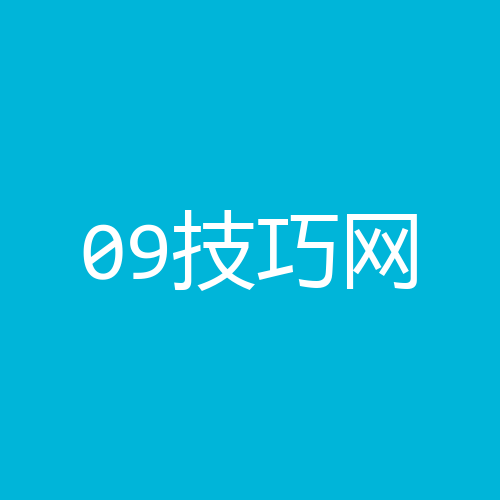2010年9月中口汉译英参考译文
汉译英原文:
说起上海老城,总会让人和古老传统的东西联系起来,比如明代的豫园和清代的城隍庙。上海建城有700多年历史,但最具人文发展历史的时期是开埠后的150年间,诸如华洋杂居、石库门、老字号等等,都发生在开埠后的上海。
流传于老城内外的民间文化,丰富多彩。著名的“上海老城人物风情画卷”生动地描绘了上海老城市民的生活百态。上海老城是历史文明与现代文明的兼容并蓄,无论上海城市发展如何日新月异,她仍将记录着上海城市发展的历史华章。
汉译英参考译文:
The old town of Shanghai is always associated with something ancient and traditional, like the Yuyuan Garden in the Ming Dynasty and Chenghuangmiao (the Town God’s Temple or the City God Temple) in the Qing Dynasty. Despite a history of more than 700 years, the 150 years since it opened to foreign traders has witnessed the greatest humane development in Shanghai. In that period we have seen a Shanghai co-inhabited by Chinese locals and foreign nationals, the formation of the Shanghai Painting School, the building of Shikumen (stone-framed gate) houses, the development of time-honored firms or shops, and so on and so forth.
Shanghai’s old town and beyond then featured a colorful folk culture, with all aspects of the life of local residents vividly depicted in the famous “The Painting Scroll of Local Residents in Shanghai’s Old Town”. Though Shanghai advances with each passing day, its old town, a harmonious combination of ancient and modern civilization, continues to be a glorious chapter in the history of the development of Shanghai city.
在5月汉译英 一月汉译英 1月1日汉译英 十二月汉译英 5月英语翻译 12月25日汉译英 12月25翻译成英文 一年有多少个月英语翻译 几个月英语翻译版权声明
本文来自投稿,不代表本站立场,转载请注明出处。
